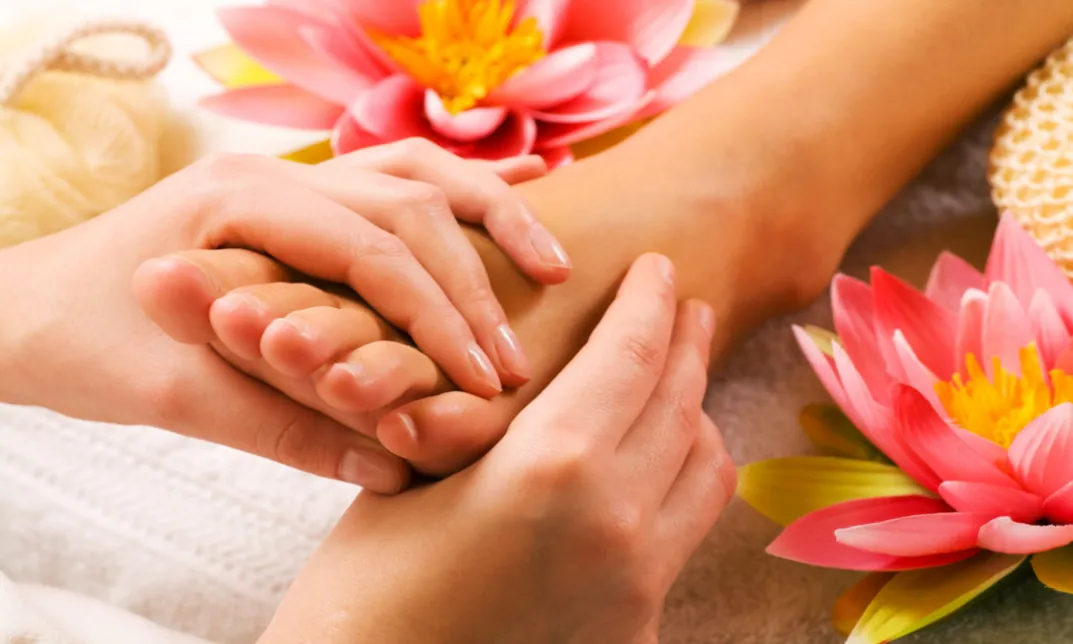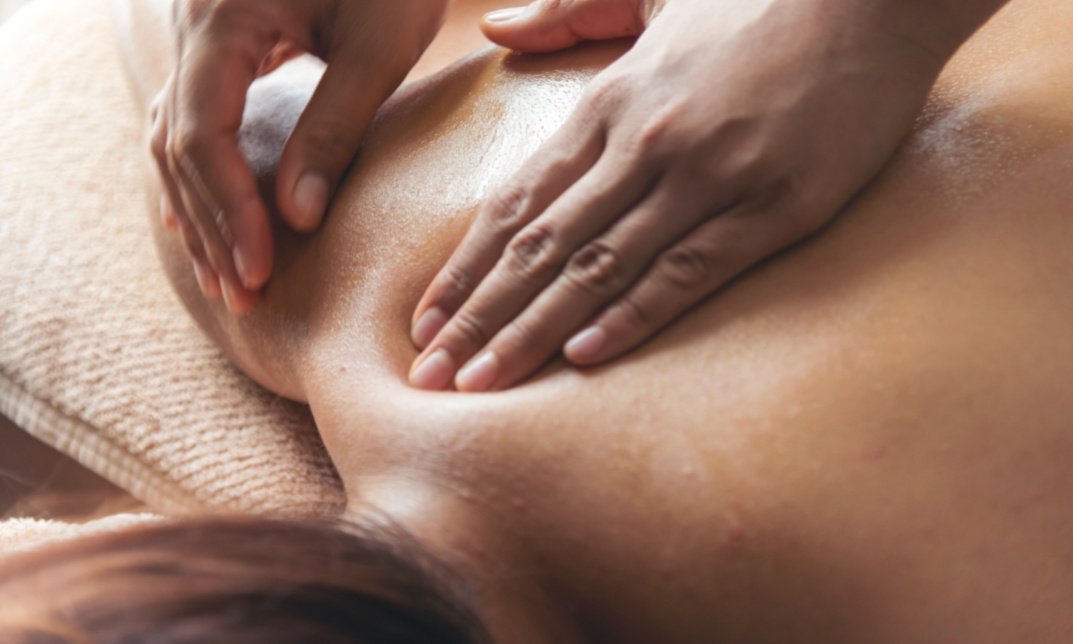No products in the cart.
How much do you know about the ancient practice of reflexology? Have you ever wondered where this holistic healing technique originated? As it turns out, the roots of reflexology can be traced back thousands of years to various cultures around the world.
Reflexology, a therapeutic method involving the application of pressure to specific points on the feet, hands, and ears, has intrigued many with its claims of promoting health and well-being.

A Brief History of Reflexology
Reflexology is based on the principle that certain areas on the feet, hands, and ears correspond to specific organs and systems in the body. By applying pressure to these points, practitioners believe they can stimulate energy pathways and promote healing. Thus, reflexology is often used to relieve stress, improve circulation, and support overall health. It is here that we find the earliest recorded evidence of foot massage, a practice that would eventually evolve into the reflexology we know today. In these cultures, foot massage was not only a means of relaxation but also a way to promote healing and balance within the body.
Moreover, as civilisations rose and fell, the practice of foot massage spread throughout the world. In the early 20th century, an American physician by the name of William Fitzgerald began to study the concept of zone therapy, which posits that the body can be divided into 10 zones, each corresponding to a specific area of the foot. This work would later influence the development of reflexology as we know it today.
Tracing the Reflexology Origin
The roots of reflexology can be traced back thousands of years. Although it is now widely practised in the West, its roots lie in ancient civilisations.
- Ancient Egypt: Evidence of reflexology origin has been found in ancient Egyptian tombs. A wall painting dating back to around 2330 BCE in the tomb of Ankhmahor, an Egyptian physician, depicts figures performing what appears to be foot and hand massage. This suggests that the origin of reflexology may have been part of ancient Egyptian medical practices.
- China: Reflexology also has deep roots in Chinese medicine. Around 4,000 years ago, the Chinese developed a system of pressure point therapy, which included foot massage techniques. These practices were based on the belief that energy pathways, or meridians, run through the body, and manipulating these pathways could restore balance and health.
- India: Similarly, traditional medicine systems like Ayurveda have long recognised the connection between the feet and the rest of the body. Foot massage has been an integral part of Ayurvedic healing, indicating that reflexology-like practices were present in ancient Indian culture.
The Evolution of Reflexology
While the origins of reflexology are ancient, the practice has evolved significantly over time. In the early 20th century, reflexology began to gain recognition in the West, largely due to the efforts of several key figures.
- Dr. William Fitzgerald: An American physician, Dr. Fitzgerald is often credited with introducing reflexology to the Western world. In the early 1900s, he developed “zone therapy,” which divided the body into ten vertical zones. He proposed that applying pressure to specific zones on the feet could relieve pain and improve health.
- Eunice Ingham: A physiotherapist, Eunice Ingham further developed Dr. Fitzgerald’s ideas. She mapped the entire body onto the feet and hands, creating detailed charts that are still used in reflexology today. Her work popularised reflexology as a holistic therapy in the mid-20th century.
Modern Reflexology
Today, reflexology is recognised as a complementary therapy that can support conventional medical treatments. Many people turn to reflexology for its potential benefits, including:
- Stress Reduction: Reflexology is often used to promote relaxation and reduce stress. By targeting specific pressure points, practitioners aim to calm the nervous system and encourage a state of tranquillity.
- Improved Circulation: Reflexology may help enhance blood flow, which can support the delivery of oxygen and nutrients to cells and aid in the removal of waste products.
- Pain Relief: Some individuals find relief from pain through reflexology, whether it be headaches, back pain, or other chronic conditions.

How Reflexology Works
While reflexology’s origins are steeped in history, the scientific understanding of how reflexology works is still developing. However, several theories have been proposed:
- Nerve Pathways: One theory suggests that reflexology works by stimulating nerve pathways. By applying pressure to specific points, reflexologists may activate nerves that send signals to the brain, triggering a relaxation response.
- Energy Flow: Another theory is that reflexology helps balance the body’s energy flow. Similar to acupuncture, reflexology may unblock energy pathways, allowing the body’s natural healing processes to function more effectively.
- Endorphin Release: Reflexology may also stimulate the release of endorphins, the body’s natural painkillers. This can lead to a reduction in pain and an overall sense of well-being.
Exploring Reflexology Techniques
Reflexology involves various techniques, each with its own focus and benefits. Here are some common reflexology techniques:
- Thumb Walking: This technique involves using the thumb to apply pressure in a walking motion along the foot or hand. It is often used to stimulate specific reflex points.
- Finger Pressure: Practitioners use their fingers to apply direct pressure to reflex points. This technique can target deeper reflexes and is often used in combination with thumb walking.
- Rotation on a Point: This involves applying pressure to a reflex point and then rotating the thumb or finger. It is believed to enhance the stimulation of the reflex point.
The Reflexology Experience
For those who are new to reflexology, the experience can be both relaxing and invigorating. A typical session involves the following steps:
- Consultation: The practitioner will discuss your health history and any specific concerns you may have.
- Foot or Hand Examination: The practitioner will examine your feet or hands, looking for areas of tension or sensitivity.
- Application of Pressure: Using various techniques, the practitioner will apply pressure to specific reflex points.
- Feedback: Throughout the session, the practitioner may ask for feedback on pressure levels and comfort.
- Relaxation: Many people find reflexology to be deeply relaxing, often experiencing a sense of calm and well-being during and after the session.
Conclusion
The reflexology origin is a rich tapestry woven from ancient practices and modern developments. From its roots in ancient Egypt, China, and India to its evolution in the West, reflexology has become a widely recognised complementary therapy. Its potential benefits for stress reduction, circulation, and pain relief continue to attract individuals seeking holistic approaches to health. Whether you are a seasoned practitioner or new to the practice, exploring the reflexology origin and its techniques can offer insights into this fascinating and ancient art of healing.






